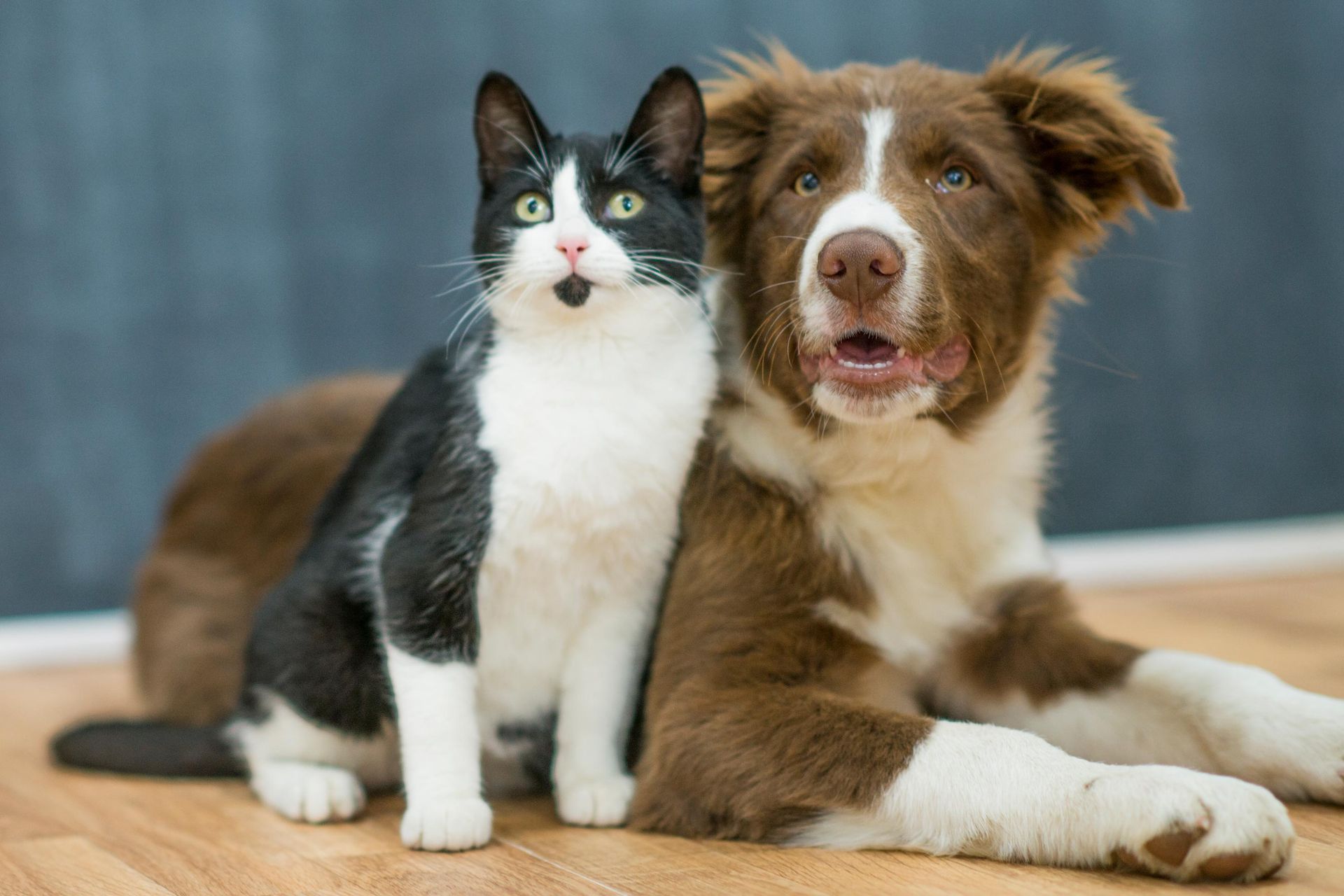Factors to Consider in Pet Selection - Dogs
SIZE
Size does matter when it comes to dogs. Your new pooch has to be a good “fit” for your family.
"Size does matter when it comes to dogs."
How big is your house? Will a large dog have enough room to roam around during the day and bed down at night or do you live in a tiny space where your own bed barely fits? If square footage is a precious commodity in your home, maybe a small or medium-sized dog is better.
Consider green space. Do you have a big fenced in yard or a postage stamp patch of grass? Do you live in a high-rise with no grass at all? Some breeds are very active so big yards are a plus, while others are content with an occasional visit outdoors. Regardless, all dogs need to relieve themselves, so you will want a convenient green space to walk and exercise your dog.
AGE
Activity levels and behavior are both age dependent. Do you want a spunky pup, a mature adult, or a sedate senior?
Consider the time it takes to work through the “puppy phase”. Everyone likes to play with a pup, but will you also work with him? Will you housetrain her? Do you have time for obedience classes? All family members of a reasonable age should be involved in pet care and training. Even a young child can ask an unruly pup to “sit”.
"If you don’t have the time or desire to deal with puppyhood, consider an older dog"
If you don’t have the time or desire to deal with puppyhood, consider an older dog that has full control of her bodily functions and no longer chews slippers. Of course, some mature pets come with old habits that you may have to work on, so training isn’t always effortless.
Keep in mind that older dogs may also have existing health issues that affect longevity. No one has a crystal ball that predicts life expectancy, but you could reasonably expect a pup to outlive a 10 year old dog. How will your family deal with the loss of a pet?
COST
Dogs aren’t free! Whether you buy or adopt, there’s a price to pay. Even if you are “given” a dog, he will cost you money to maintain. Consider the cost of dog ownership.
"Consider the cost of dog ownership."
The prices of pure bred dogs vary. If Golden Doodles are popular, they may cost more due to the law of supply and demand. The prices of adoption from a shelter will vary, too, but are usually quite reasonable. Visit your local rescue or humane organization’s website before shopping for a dog so you are familiar with the fees and adoption requirements. If you are given a dog, your initial investment may be zero, but future costs will accumulate nonetheless.
"There are hard costs associated with caring for all dogs, no matter how you get them"
There are hard costs associated with caring for all dogs, no matter how you get them. Medical expenses for immunizations, parasite control, neutering and spaying, are predictable, but prepare for the unexpected health issues, too.
The cost of feeding a pet will vary with the size, age, and health status. If your pet thrives on regular dog chow, great! But there is always the possibility he may develop a need for a special, more expensive, diet due to food allergies or health issues, such as heart or kidney disease.
Plus, you should account for the added expense of training, boarding, and grooming should these services be needed.
CURRENT FAMILY MEMBERS
Before enlarging your family, survey the current family members. Do you live alone? Do you have an adult partner, children, or elderly people residing with you? If you have adults or older children in your home to share the pet care responsibilities, this may impact your decision. Maybe you will have help with the chores and exercise schedule!
If you have young children, consider how the new family member, i.e. a pup, may quickly outgrow the current family members, i.e. the kids. It doesn’t take long for a Labrador pup to outgrow a toddler, so consider how the adult dog will fit in, not just the puppy.
With elderly people in the home, consider the activity level of the dog. An energetic Terrier may accidentally “trip” a person with mobility issues. A calmer dog may then be a better choice.
APPEARANCE
Looks aren’t everything, but that doesn’t discount the need to consider a pet’s appearance before you acquire one. What do you want your dog to look like? Do you like fluffy fur balls or sleek, muscular dogs? Do you want a long-haired or short-haired dog? Do you want a dog with a long snout or a squished nose? Do you want perky ears or floppy ears? Dogs come in all varieties, and especially when you add mixed breed dogs to the “mix”, your choices are endless. Just make your choice after considering how appearance affects upkeep and health.
"Consider[ing] how appearance affects upkeep and health."
Long-haired dogs need more maintenance. Regular brushing keeps the coat healthy by decreasing mats and distributing natural oils. All dogs shed, but long haired dogs tend to shed less. Brushing reduces the amount of hair falling out around the house, which is a plus for allergic humans. Short-haired dogs also need to be brushed to remove excess hair and distribute oils. They just don’t get as many tangles.
Floppy-eared dogs like Bassett Hounds are prone to more ear infections than perky-eared ones. Dogs with lots of skin folds, like Bull Dogs and Shar Peis, have more skin problems. Short-nosed canines like Pugs snore. And dogs with protruding eyes like Shih Tzus and Boxers have more eye problems. Take time to research the specific physical attributes of your prospective family member.
ACTIVITY LEVEL
You should match your dog’s activity level with your own. Do you want your dog to jog 5 miles with you and play endless games of fetch, or be content to lie on the sofa as you read a book? Do you want a sturdy dog to accompany you on hikes or a calm pooch that will sit at your feet at a sidewalk café?
Consider the physical abilities of your prospective dog, while being honest about your own physical limitations. Are you physically able to exercise an energetic dog? Do you get tired after one walk around the block? Do you want your dog to play a rowdy game of fetch or simply fetch the newspaper?
CONSIDER THIS
Before choosing a pet, consider initial and recurring costs, home environment, size, temperament, and physical characteristics of the dog. Consider his training, exercising, and grooming needs. Consider your lifestyle. Then consider yourself lucky to have a dog!
This client information sheet is based on material written by: Lynn Buzhardt, DVM








